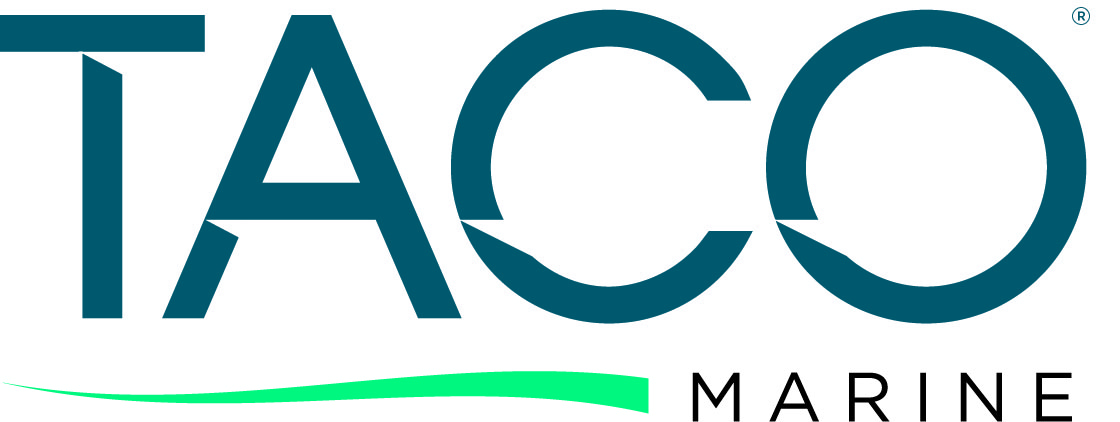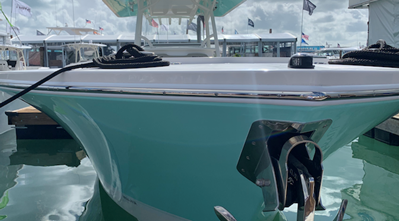An hour-and-a-half east of Nashville, Tennessee is the sprawling countryside town of Sparta – home to rolling hills, a growing downtown and our main manufacturing and distribution facility. Within the walls of our 168,000-square-foot building is a team of plastic extrusion professionals who have dedicated their careers to perfecting the marine rub rail and plastics extrusion process.
For nearly 40 years, the plastic extrusion industry has been Dave Phaneuf’s life. Originally from the Boston area, the Plastics Tooling Engineer started in the industry by creating extruded vinyl shoe welting. From there, Phaneuf’s specialty evolved to encompass store fixture bumpers and eventually rub rail extrusions.
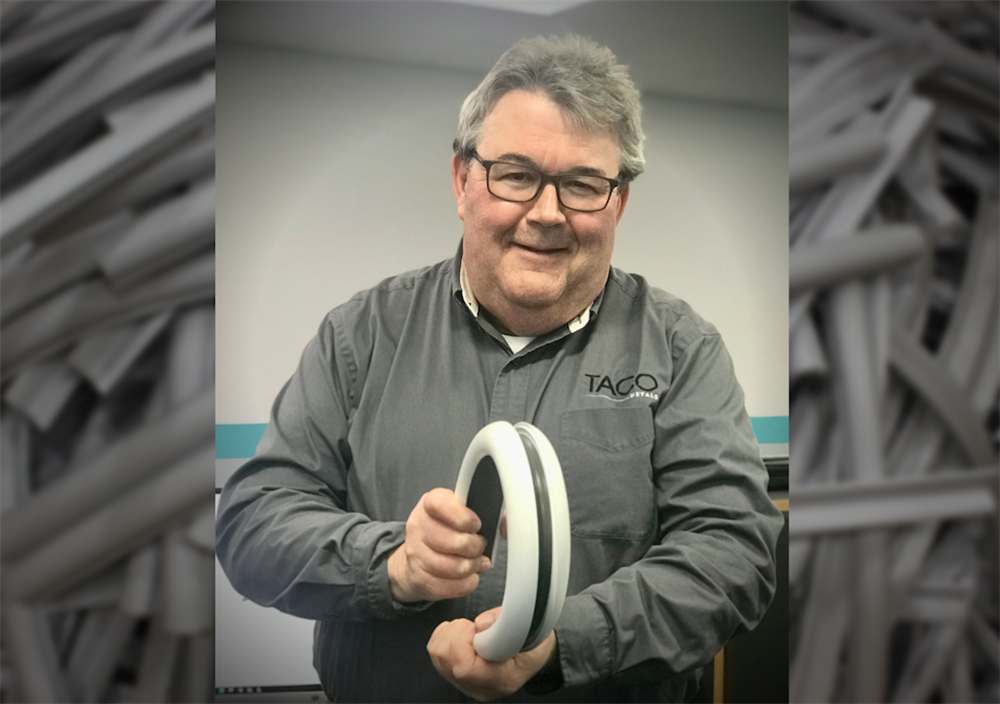
Dave Phaneuf holding the newly developed coextruded rub rail V11-9950, which fuses together two hardnesses into one profile.
In 2007, when TACO moved its manufacturing and distribution facility from Miami, Florida to the more-centrally located Tennessee, Phaneuf officially joined the team – eventually becoming one of the leading rub rail experts in the industry.
Today, in addition to offering well over 100 rub rail extrusion profiles for boats of all sizes, Phaneuf also works to create custom rub rail profiles for many of the leading boat builders in the industry. Part art and part science, developing new or custom profiles involves calculating, engineering and testing rub rail long before it is ever mounted to a boat’s hull.
“We have to determine what the best material is for each type of boat,” explained Phaneuf of the rub rail development process. “If it’s a rigid PVC or flexible, colors, how big it is [and] what the cross sectional area is.”
Depending on the style and boat type, Phaneuf said a rub rail could be flexible, semi-rigid, rigid or even coextruded, which is the fusion of two hardnesses into one profile. And once the initial development of a profile is complete, Phaneuf develops the rub rail die – a tool cutout that determines a rub rail’s shape and size.
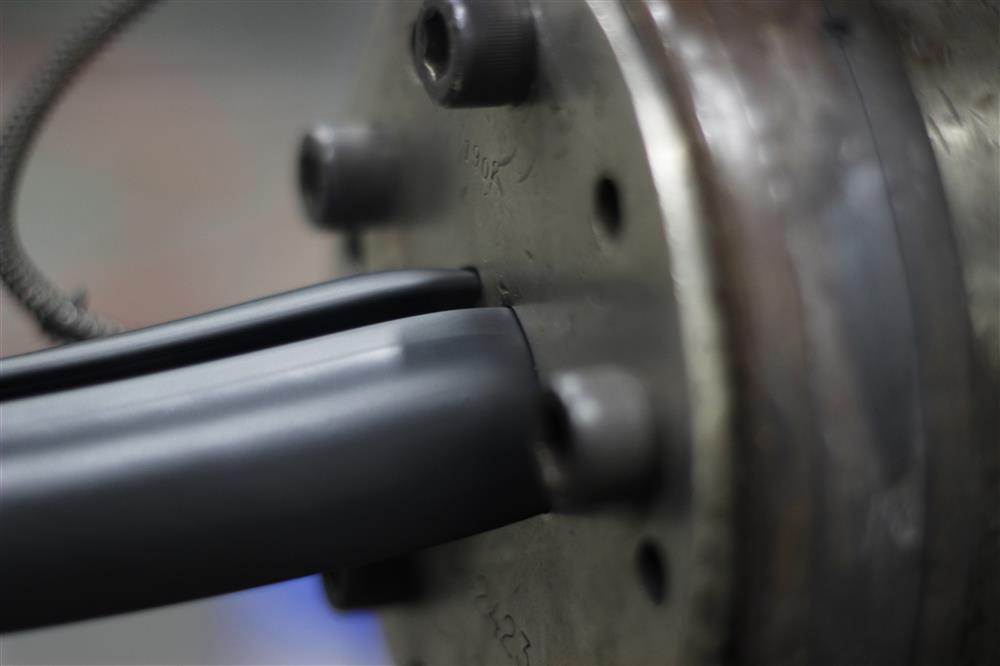 Black flexible vinyl rub rail V11-2423 coming out of the die, which determines a profile's shape and size.
Black flexible vinyl rub rail V11-2423 coming out of the die, which determines a profile's shape and size.
To create a die, Phaneuf is tasked with not only meeting a builder’s size and shape specifications, but he must work with the plastics team to formulate the ideal PVC compound. Variants, such as the compound mixture and the level of hardness required, impact how the rub rail is made, which is where Scott Coutre and the rest of the rub rail team come into play.
Coutre first joined team TACO 27 years ago in Miami, Florida as a Material Handler working in the warehouse and on the plastics production lines. Over the years, the South Florida native’s role within the company evolved to what it is today, which is the Plastics Production Manager.
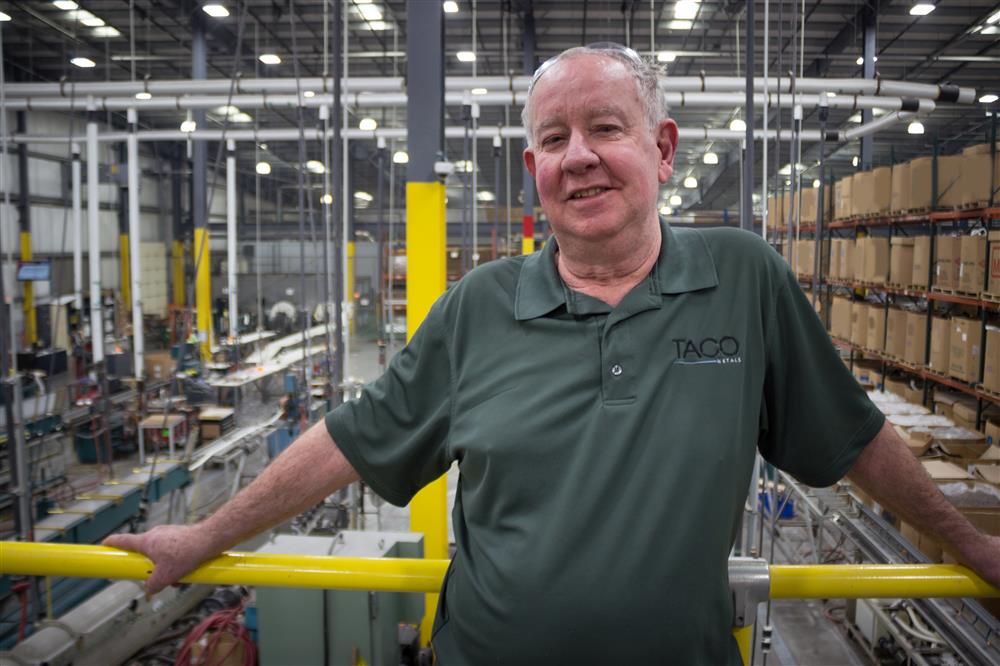 Scott Coutre standing on the mezzanine level of the Sparta, Tenn. warehouse, which overlooks the rub rail production area.
Scott Coutre standing on the mezzanine level of the Sparta, Tenn. warehouse, which overlooks the rub rail production area.
“I work closely with Dave, as far as developing new dies [and] which lines to put them on,” explained Coutre, who moved to Sparta in 2007 and now oversees the plastics production team.
Because of the depth and breadth of TACO’s rub rail capabilities, Coutre and his team maintain an almost-obsessive attention to detail and product understanding – ensuring the end product always meets TACO’s high-quality standards.
“Each profile is different,” said Coutre. “It’s challenging, very challenging, day to day. You could set up a profile last week with a certain temperature and the next week it could be totally different.”
Ever wonder how the beautiful TACO Rub Rail on your boat is made? This video walks through the process from beginning to end.
Beyond knowing a profile’s temperature index, Coutre and his team set and monitor the coloring, line speed and the overall cooling process, which, if done incorrect, could impact the quality of rub rail.
Phaneuf explained that rub rail comes in a huge variety of shapes, sizes and levels of hardness, which requires an attention to detail and comprehensive product understanding from beginning to end.
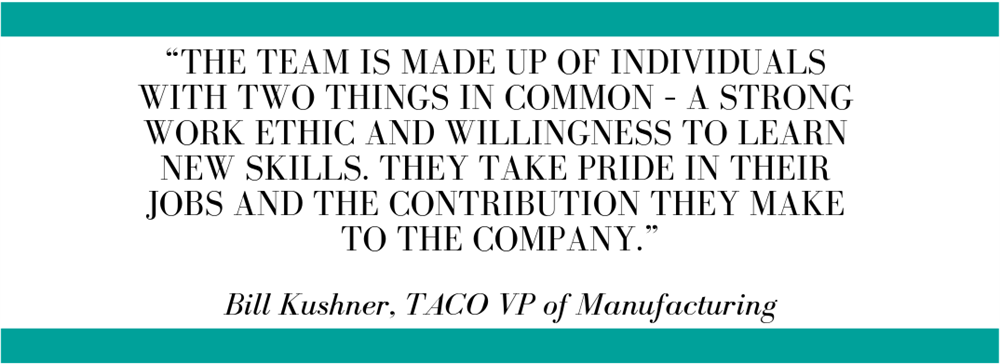
Coutre added that the entire rub rail team is comprised of individuals who take great pride in what they do at TACO.
“I’ve made sure of that,” said Coutre. “I’ve trained each and every one of them, and I care. I try to instill that in them. We put out a high-quality product and our customers expect that.”
TACO VP of Manufacturing Bill Kushner said when push comes to shove, the plastics team gets things done.
“The team is made up of individuals with two things in common – a strong work ethic and willingness to learn new skills,” said Kushner. “They take pride in their jobs and the contribution they make to the company.”
Because of their extensive work in plastics and specifically with rub rail, both Phaneuf and Coutre attest that, when surrounded by boats at shows or on the docks, they can spot TACO rub rail from a mile away.
“TACO is more precise with sharper edges and surface finishes,” said Phaneuf.
He added that working at TACO in the plastics extrusion industry is rewarding.
“It’s the renaissance of my career,” he said. “Between Scott [Coutre] and the Kushner brothers, they’ve just been totally supportive. It’s been a breath of fresh air.”
Coutre echoed Phaneuf’s sentiments of TACO and the Kushners.
“It’s a family oriented business and I’ve gotten to know the brothers very closely,” he said. “They care about their employees, they take care of the employees and I found a family.”
Kushner added that both Coutre and Phaneuf bring a unique skillset and knowledge to TACO that only comes from years of hands-on experience.
“Having worked directly with each of them over the years, I have a great respect for them and what they bring to TACO,” Kushner said. “David and Scott are both key team members who bring the experience and dedication needed to support TACO’s plastics extrusion division. As we continue to pursue new, innovative extrusion designs, techniques and process improvements, they are constantly challenged and counted on to help us continually improve.”
From all of us at TACO, thank you to Phaneuf, Coutre and the entire plastics team! From initial concept to design, engineering, manufacturing and just-in-time delivery, the plastics department is passionate and dedicated in all that they do, which is evident in the high-quality products they make and elevated standards they set.
